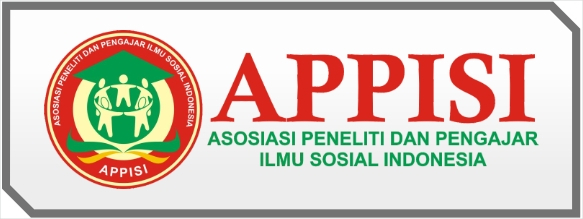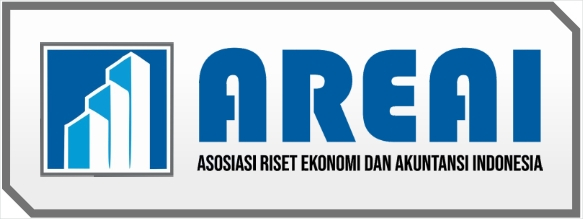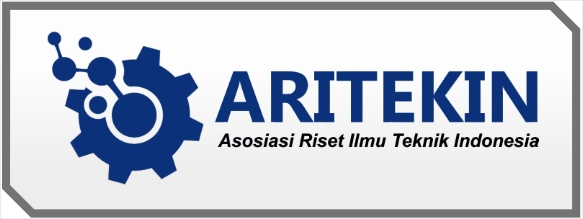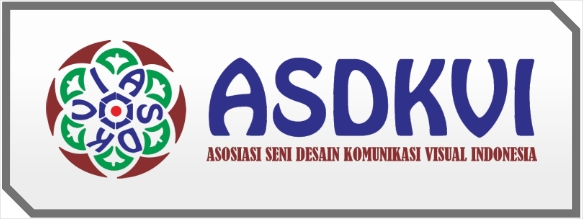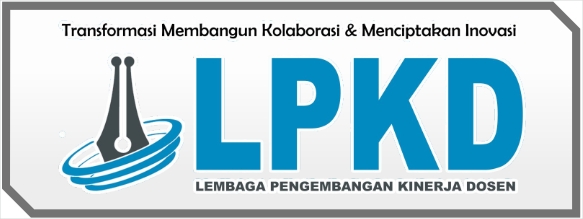Penyuluhan Tentang BBLR Dan Wasting Pada Ibu Hamil Dan Ibu Balita Di Bengkong Sadai, Kota Batam
DOI:
https://doi.org/10.55606/nusantara.v1i3.1652Abstract
In 2018, Basic Health Research (Riskesdas) data showed that the prevalence of wasting in children under five in Indonesia was 10.2%, while in the age group under two years (baduta) it was higher, namely 11.7%. Nutrition Status Monitoring Data for 2017 also shows that the prevalence of wasting in under-fives is higher, which is 12.8% when compared to the toddler group, which is 9.5% (Ministry of Health RI, 2018). Based on the WHO classification, wasting in the underdog group in Indonesia is categorized as a serious public health problem, with a prevalence in the range of 10-14%. Malnutrition that occurs in 1,000 HPK, besides being at risk of inhibiting physical growth (failure to thrive) and being susceptible to disease (metabolic disorders: DM. Hypertension, obesity), also inhibits cognitive development (motor cognitive impairment) which will affect the level of intelligence and productivity of children in the future.References
Badan Penelitian dan Pengembangan Kesehatan. (2018). Laporan Riskesdas 2018. In Laporan Nasional RIskesdas 2018.
Khaerunnisa, I., Nurhayati, A., & Yulia, C. (2019). Praktik Pemberian Makan Pada Anak Stunting Usia Bawah Dua Tahun Di Kelurahan Cimahi. Media Pendidikan, Gizi, Dan Kuliner, 8(2), 7– 13.
Werdani, A. R., & Utari, D. M. (2019). Association of infant and young child feeding practices with linear growth of children under 24 months in Asia and Africa. Pakistan Journal of Nutrition, 18(7), 665–670. https://doi.org/10.3923/pjn.2019.665.670
Windayanti, H., Masruroh, & Cahyaningrum. (2019). Pemberian Informasi Tentang Pemberian Makan Bayi dan Anak Usia 0–24 Bulan. Indonesian Journal of Community Empowerment (IJCE), 23–28. http://jurnal.unw.ac.id:1254/index.php/IJCE/article/download/321/276
World Health Organization. (2009). Infant and young child feeding Model Chapter for textbooks for medical students and allied health professionals. WHO Press.
Saaka, M. & Galaa, S.Z. (2016). Relationships between wasting and stunting and their concurrent occurrence in ghanaian preschool children. Journal of Nutrition and Metabolism: Vol. 2016. http://dx.doi.org/10.1155/2016/4654920.
World Health Organization (WHO). (2018). Children: reducing mortality. 21 Januari 2019. https://www.who.int/news-room/fact-sheets/detail/children-reducing- mortality.
World Health Organization (WHO). (2018). Infant and young child feeding. 21 Februari 2019. https://www.who.int/news-room/fact-sheets/detail/infant-and-young-child- feeding.
Richard, SA., et al. (2012). Wasting is associated with stunting in early childhood. The Journal of Nutrition: 142: 1291–1296. DOI:10.3945/jn.111.154922.
Venables, P.H. & Raine, A. (2016). The impact of malnutrition on intelligence at 3 and 11 years of age: the mediating role of temperament. Developmental Psychology, 52 (2), 205-220. http://dx.doi.org/10.1037/dev0000046










